Reflection & Predictions: A Conversation on Higher Education Trends
MindMax
DECEMBER 15, 2022
What do higher education leaders worry about the most? I recently hosted an interactive event bringing together leaders and pioneers in the higher education community for an evening of discussion on an important and relevant topic: Reflections & Predictions. What gives them hope for the future of our field?



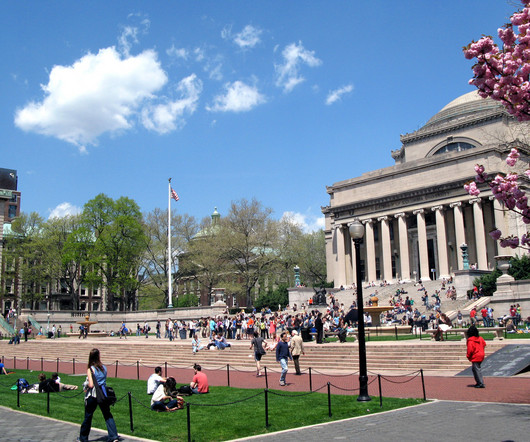

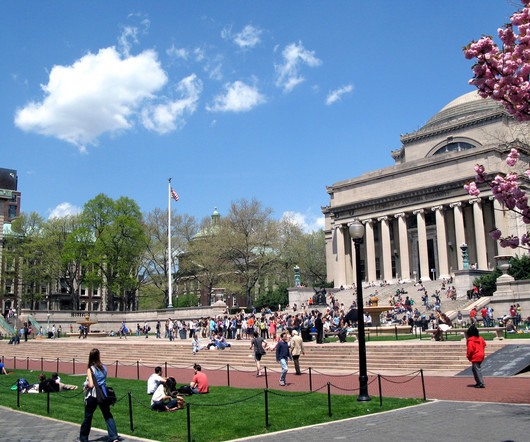
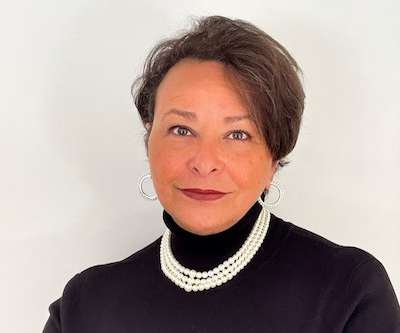

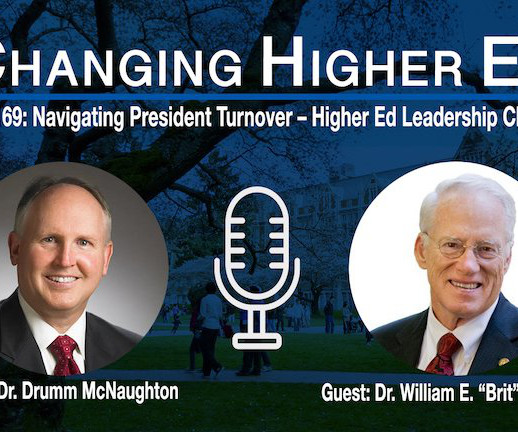

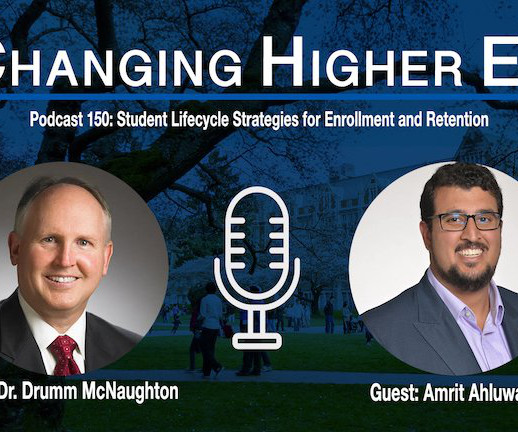
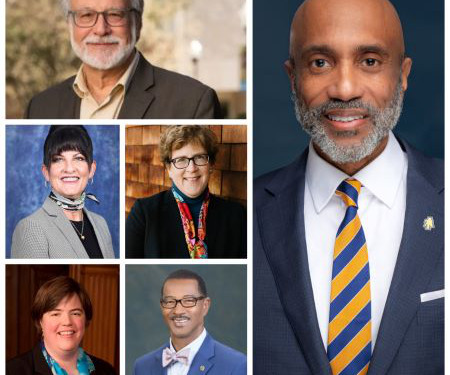






Let's personalize your content